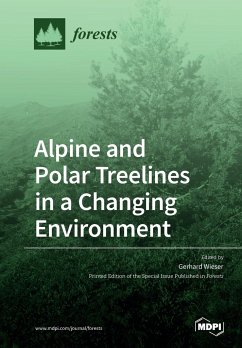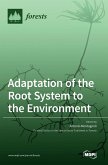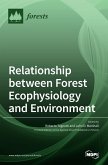Concerns have been raised with respect to the state of high-altitude and high-latitude treelines, as they are anticipated to undergo considerable modifications due to global changes, and especially due to climate warming. As high-elevation treelines are temperature-limited vegetation boundaries, they are considered to be sensitive to climate warming. As a consequence, in this future, warmer environment, an upward migration of treelines is expected because low air and root-zone temperatures constrain their regeneration and growth. Despite the ubiquity of climate warming, treeline advancement is not a worldwide phenomenon: some treelines have been advancing rapidly, others have responded sluggishly or have remained stable. This variation in responses is attributed to the potential interaction of a continuum of site-related factors that may lead to the occurrence of locally conditioned temperature patterns. Competition amongst species and below-ground resources have been suggested as additional factors explaining the variability in the movement of treelines. This Special Issue (book) is dedicated to the discussion of treeline responses to changing environmental conditions in different areas around the globe.
Hinweis: Dieser Artikel kann nur an eine deutsche Lieferadresse ausgeliefert werden.
Hinweis: Dieser Artikel kann nur an eine deutsche Lieferadresse ausgeliefert werden.








